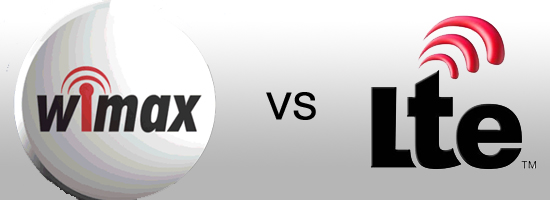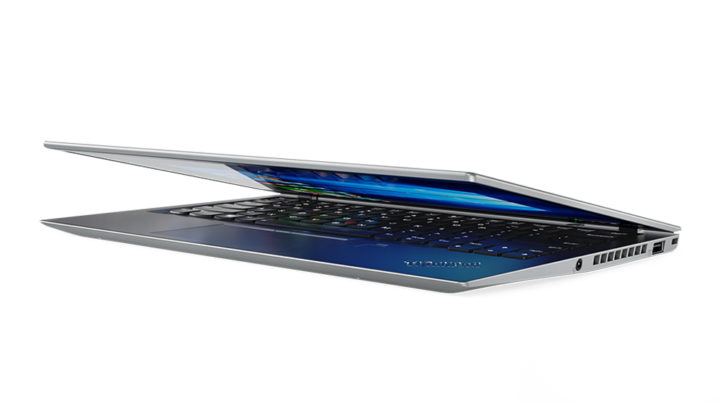 While Sprint has released a number of USB dongles that allow enterprise and consumer customers to connect to the carrier’s 4G WiMax mobile broadband network, the nation’s third largest carrier is still considering rival LTE technology as a possible candidate for 4G deployment.
While Sprint has released a number of USB dongles that allow enterprise and consumer customers to connect to the carrier’s 4G WiMax mobile broadband network, the nation’s third largest carrier is still considering rival LTE technology as a possible candidate for 4G deployment.
LTE has been selected as a standard by AT&T and Verizon Wireless in the U.S. Sprint, an early 4G adopter, had rolled out WiMax and launched the HTC EVO 4G as the first 4G Android smartphone in the U.S., which can connect to the carrier’s 3G CDMA EV-DO network and 4G WiMax where available. In addition to the HTC EVO 4G and USB dongles, Sprint also launched the Sprint Overdrive, a portable mobile hotspot router that will allow up to 5 devices to connect to and share the mobile broadband connection via WiFi. The carrier is will also launch an improved MiFi unit that supports 4G WiMax.
The decision to consider LTE as a 4G protocol came out of a round table discussion from Sprint’s Bob Azzi along with its hardware partners. According to the carrier, it will continue to study customer adoption rate of WiMax in the next four to six months before it decides on LTE.
That decision is part of Sprint’s overhaul plan to install new multi-mode towers to reduce network costs. The carrier is also in the phase of winding down its Nextel iDEN operations, which would give it more bandwidth and spectrum should it decide to roll out a WiMax and LTE network.
Depending on how manufacturers make phones and the spectrums and frequencies that devices support, if Sprint adopts LTE, a multi-band LTE smartphone may be able to roam on rival networks if Sprint inks an agreement with AT&T and Verizon, which would help improve coverage at this early phase of 4G deployment. With WiMax, Sprint is the lone major cellular company that’s invested in that protocol, reducing the ability to roam.
For laptop use, I’ve experienced faster speeds on Verizon’s nascent LTE network, averaging download speeds between 5 and 20 Mbps on average and upload speeds between 2 and 10 Mbps–Verizon only promises 5-10 Mbps on the download side and 2-5 Mbps on the upload. In the Bay Area where Sprint recently launched 4G WiMax, both download and upload speeds were considerably slower than the 3-6 Mbps and 1-3 Mbps that Sprint had quoted respectively, though the speeds where much faster when Sprint had initially announced the HTC EVO 4G in Las Vegas, NV at CTIA.
Via: Fierce Wireless
